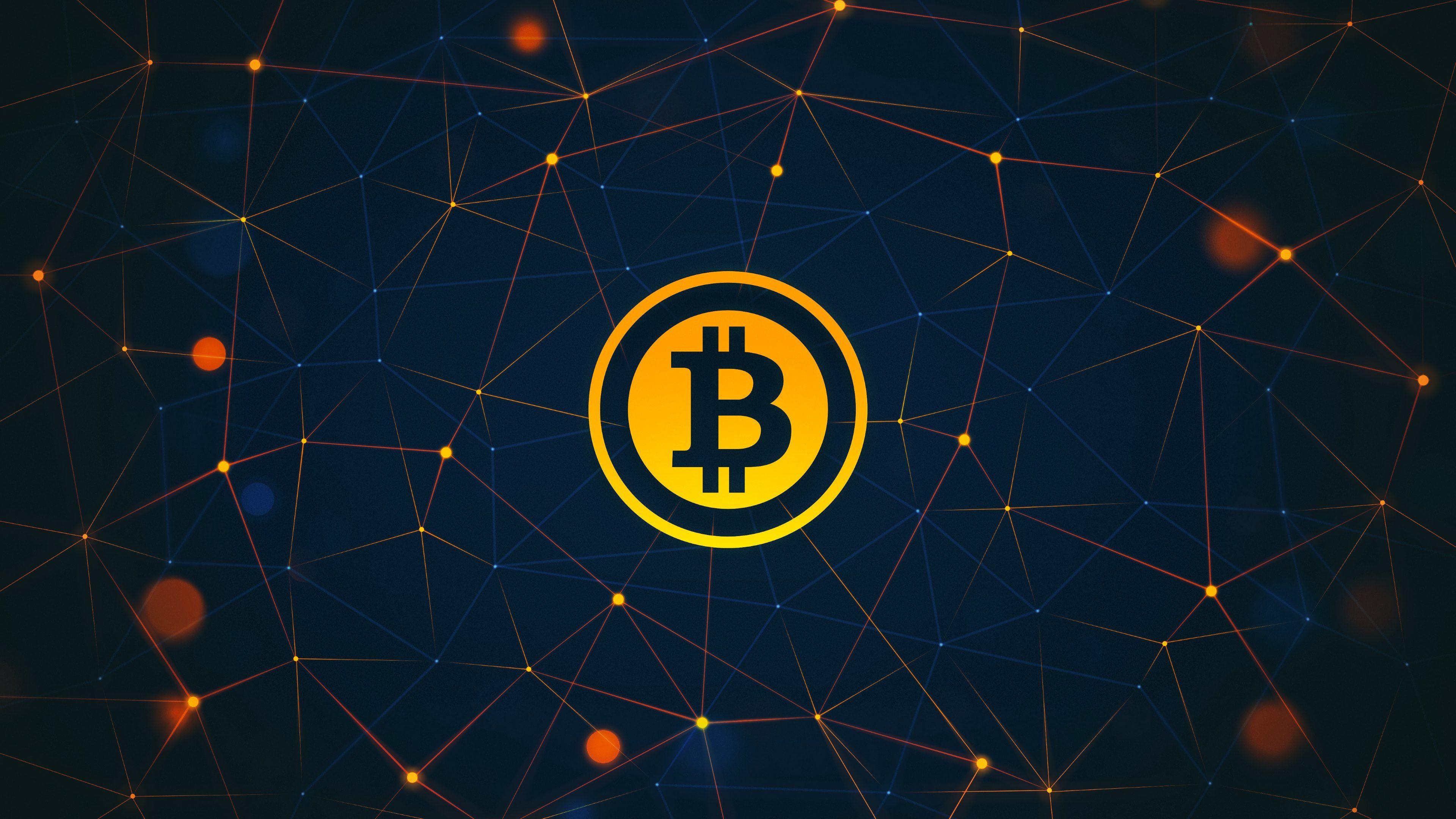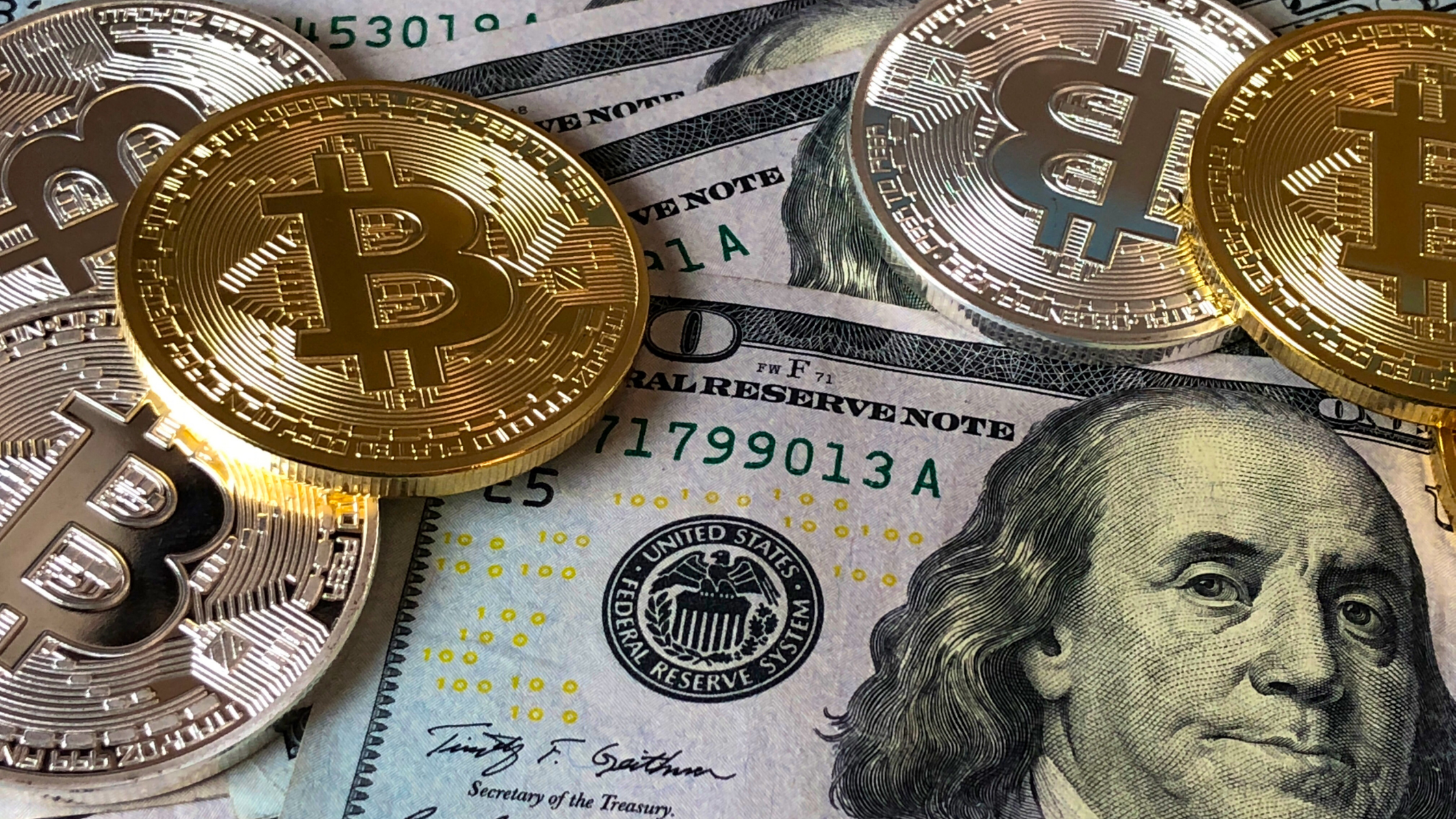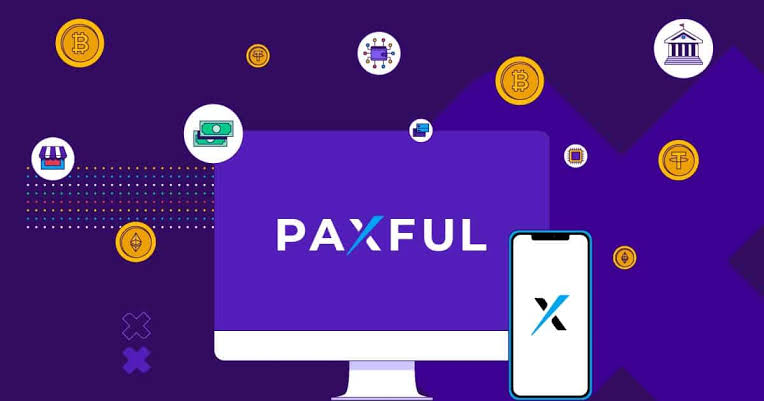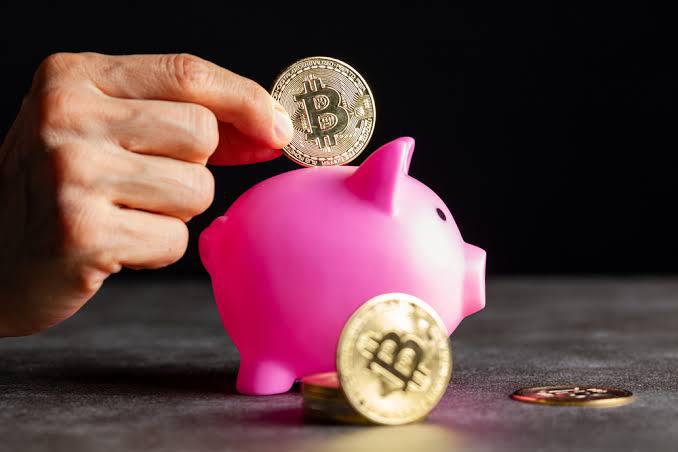Investors from time immemorial have resolved to the use of precious metals, exclusive real estate, and other valuable assets to preserve their wealth. This is because the value of money is volatile, and shifts in diverse ways — it can increase in value one day and drop the next. The good news is, even in the world of digital currency, if you are looking at doing things a little differently, a stablecoin is another excellent option to protect yourself from potential losses in the digital world.
What are stablecoins?
A stablecoin is another type of cryptocurrency that attempts to place or attach its market value to another asset or external reference. This means that its price is usually attached or pegged to the price of stable commodities like gold, oil, gas or the value of government-issued money like dollars, euro, yen, etc.
Some of the most popular among the list of stablecoins include Tether (USDT), Dai (DAI), USD Coin (USDC), TrueUSD (TUSD), Paxos Standard (PAXOS), and hundreds more. To bridge the gap between fiat money and cryptocurrency’s price stability, stablecoins peg their values using different mechanisms.
Categories of stable coins
Fiat-collateralized stablecoins: These are the most common type of stablecoins. They are backed by fiat currency like USD, EUR, or GBP. However, it’s considered vulnerable to fraud because they are issued by centralized groups and entities with their own rules and protocols. That’s why it’s important to look for an issuer you can trust. The most popular stablecoin under this category is Tether (USDT), which is currently the third-largest cryptocurrency by market capitalization and has the highest daily trading volumes of any cryptocurrency. Other types include; USD Coin (USDC), TrueUSD (TUSD), Paxos Standard (PAX), Gemini Dollar (GUSD), etc.
Commodity-collateralized stablecoins: These stablecoins are backed by other kinds of interchangeable assets, such as precious metals like gold, oil, real estate, etc. The most common commodity to be collateralized is gold. Holders of commodity-backed stablecoins essentially hold a tangible asset that has real intrinsic value — something most cryptocurrencies do not have. These commodities have the potential to appreciate in value over time, and this gives increased incentive for people to hold and use these coins. Types of stablecoins under this category are; Digix Gold (DGX), Tiberius Coin (TCX), SwissRealCoin (SRC), Venezuela’s oil-backed cryptocurrency called Petromoneda or Petro (PTR), etc.
Crypto-collateralized stablecoins: These are stablecoins backed by other cryptocurrencies. Crypto-backed stablecoins are the most complex form of stablecoin, which means they have not gained as much traction yet. We know they enjoy far more liquidity, meaning they can be quickly and cheaply converted into their underlying asset, and they reduce price volatility risks associated with regular cryptocurrencies. The most popular and promising example of a crypto-collateralized stablecoin is Dai which is backed by Ethereum.
Non-collateralized stablecoins: Also referred to as algorithmic stablecoins. These stablecoins aren’t backed by either fiat money or cryptocurrency. Instead, they maintain stability through an algorithm or working mechanism. Smart contracts are in charge of managing the supply and demand scheme and guarantee stablecoin’s price stability. The algorithmic system will generate new coins if the stablecoin is trading too high. Otherwise, the system will buy coins in the market to cut down its circulating supply. Examples of this are Primecoin (XPM) and the now-defunct Basis. This seems to be the most complicated one among the four, but the algorithmic systems are quite similar to central banks’ processes in managing supply.
As a type of cryptocurrency, stable coins are run and utilized through blockchain technology. They also aim to serve the same functions of traditional money and digital assets, which can be used for payment transactions. They fall under the category of payment tokens, used as a unit of account, medium of exchange, and store of value.
Why are stablecoins important?
Like thousands of cryptocurrencies available in the market today, stablecoins also aim to provide developed functions of traditional money across the world. Let’s take a look at some of their significant benefits.
1. Price stability
Stablecoins are generally designed to have a stable value over any time. Because of this, a lot of crypto geeks and investors consider them an ideal safe-haven asset. The value of fiat money and major cryptocurrencies are experiencing dramatic spikes and plunges every single day, which is why stablecoins are an excellent option for people looking for ways to preserve their wealth. They can store their wealth in an asset without seeing any risk of loss due to inflation.
2. Privacy and decentralization
From what we’ve learned earlier, stablecoins are a type of cryptocurrency. This means they share the same powerful technology and systems that run thousands of other cryptos. However, while cryptocurrencies have a decentralized nature, there might still be a need for ties with a fiat currency’s banking system. On the flip side, this can be a good start for those who can’t go full crypto yet!
3. Enjoy the best of both worlds
Aside from the benefits mentioned above, stablecoins can also facilitate faster and cheaper payment transactions. Because of its digital nature, powered by blockchain technology, you can send and receive payments in any part of the world with just a few clicks on your phone. You can also track your funds and payment transactions in real-time!
Cryptocurrencies are developing at a rapid pace in different industries today and digital assets like stablecoins can play an essential role in our transition to the digital world. From providing a way to safeguard our money against the drastic effects of market fluctuations to facilitating faster, adaptable, and secure digital payments, stablecoins can help us achieve financial stability and confront the volatility that so many of us are afraid of.
In the world of digital currency, stabilty is available for you with stablecoins. if you are looking at doing things a little differently, a stablecoin is another excellent option to protect yourself from potential losses in the digital world.







